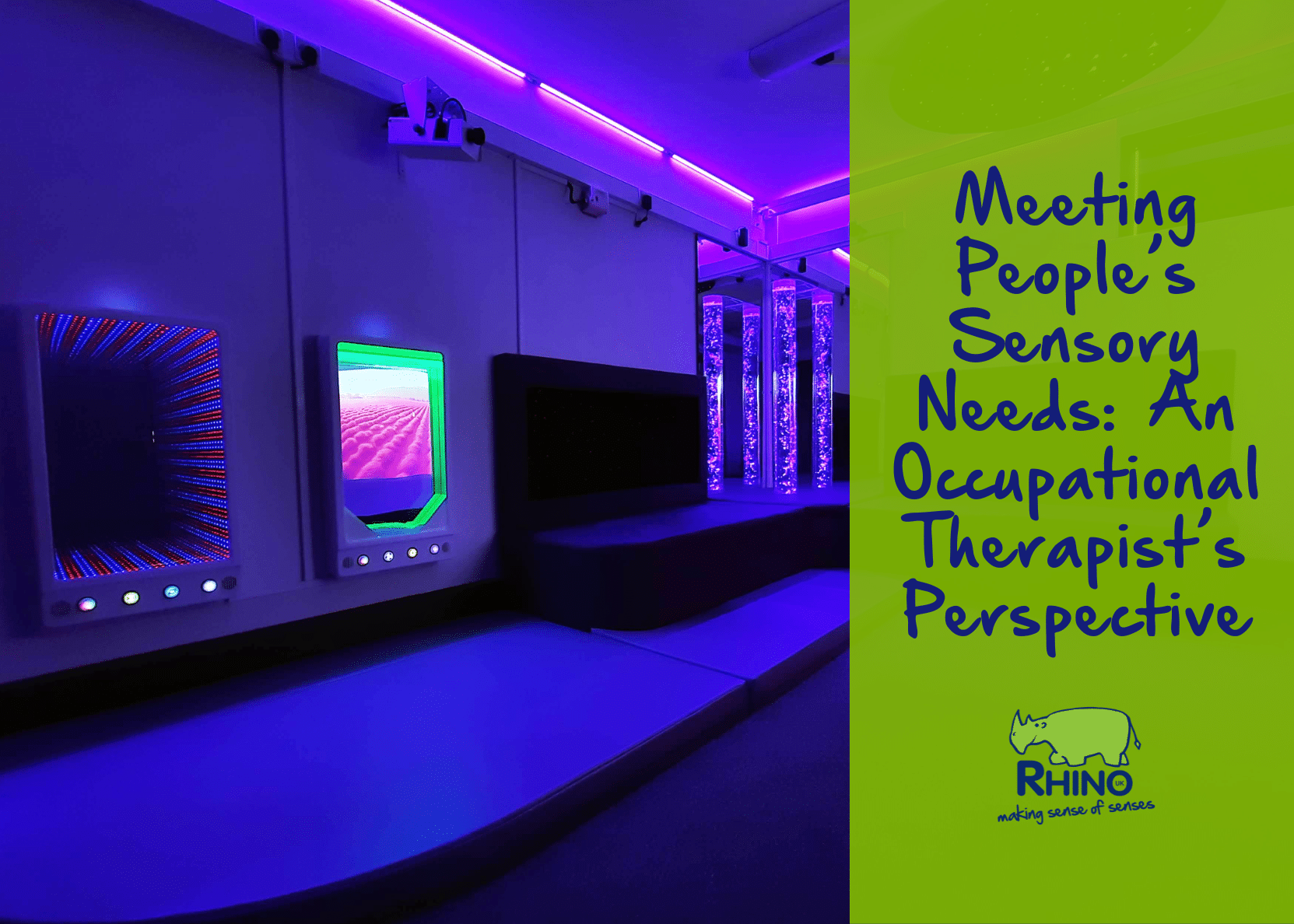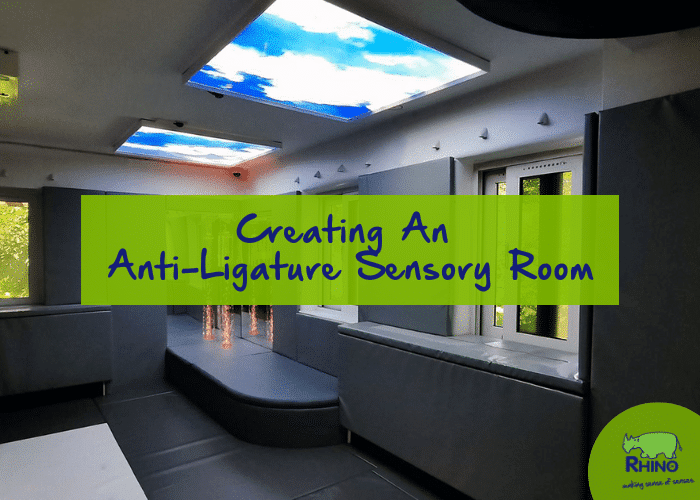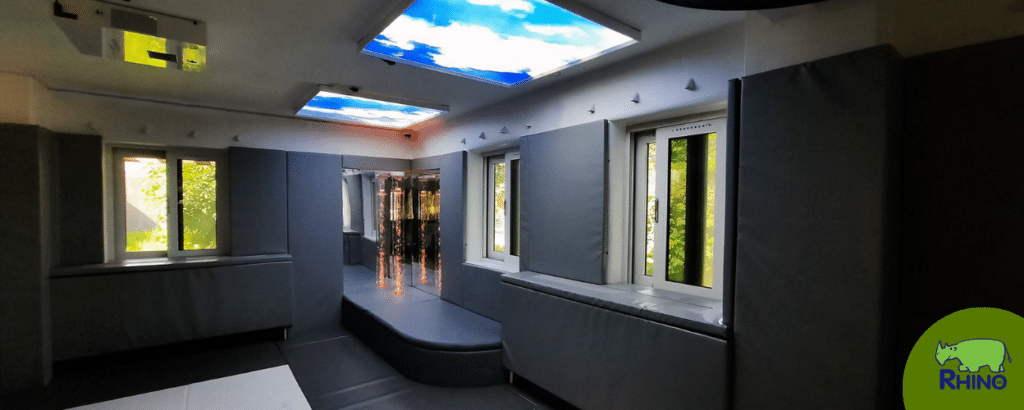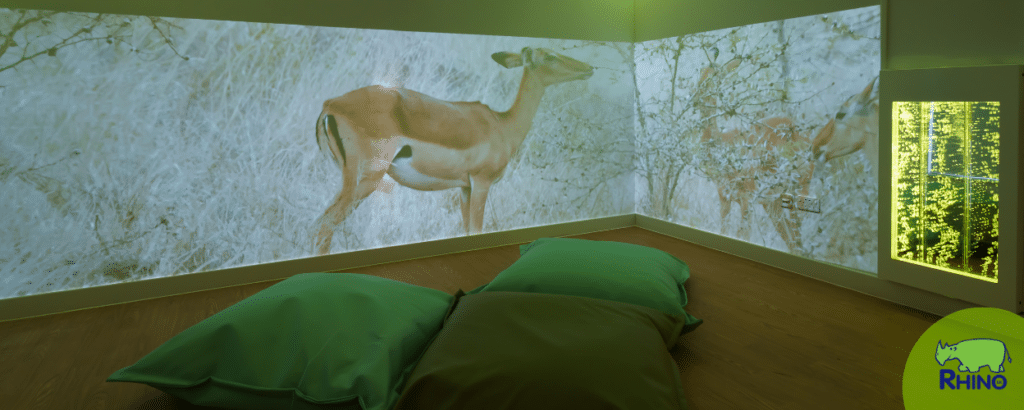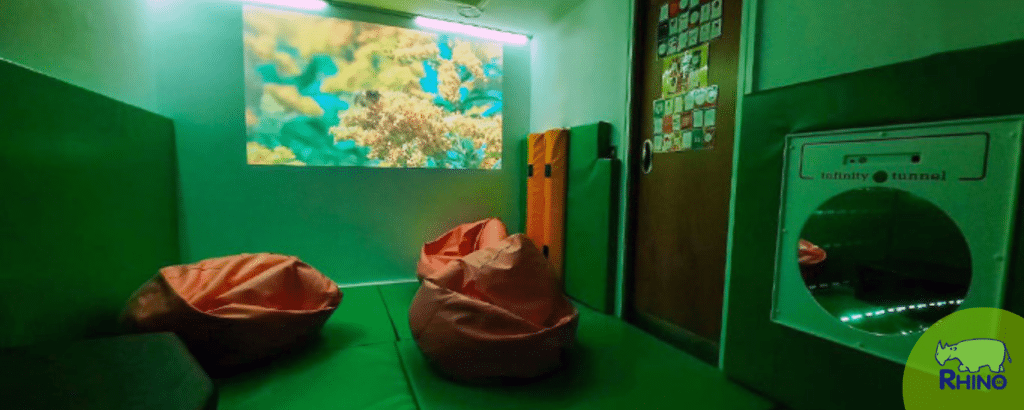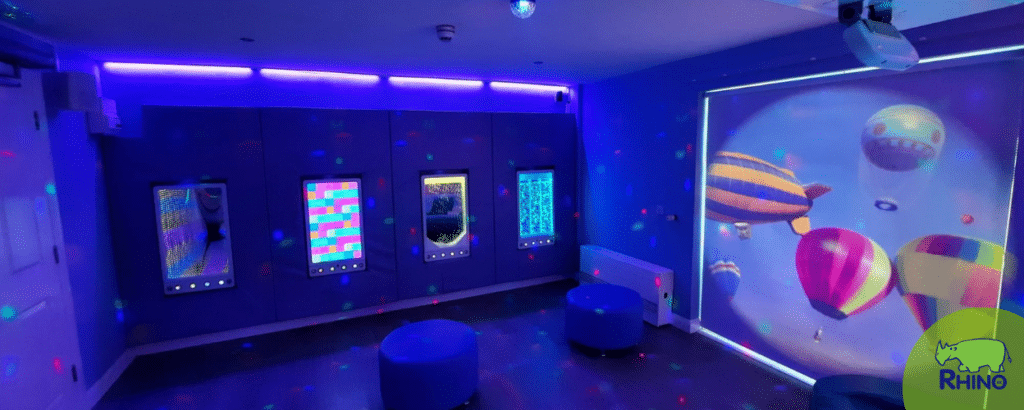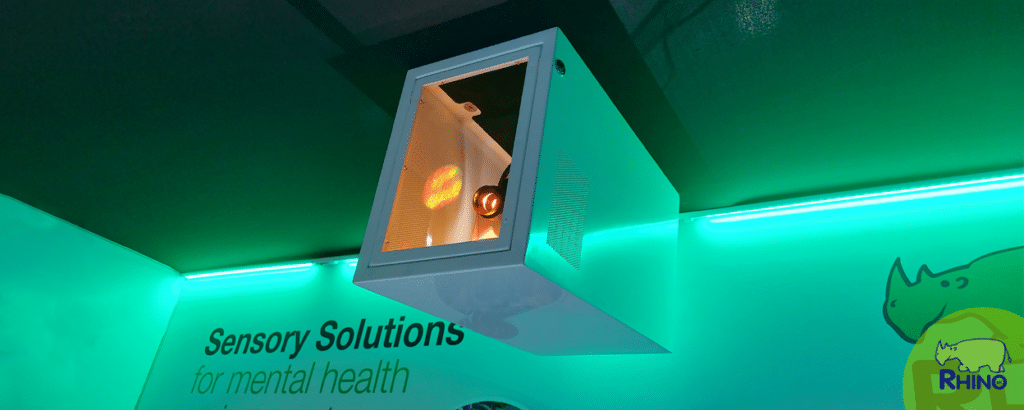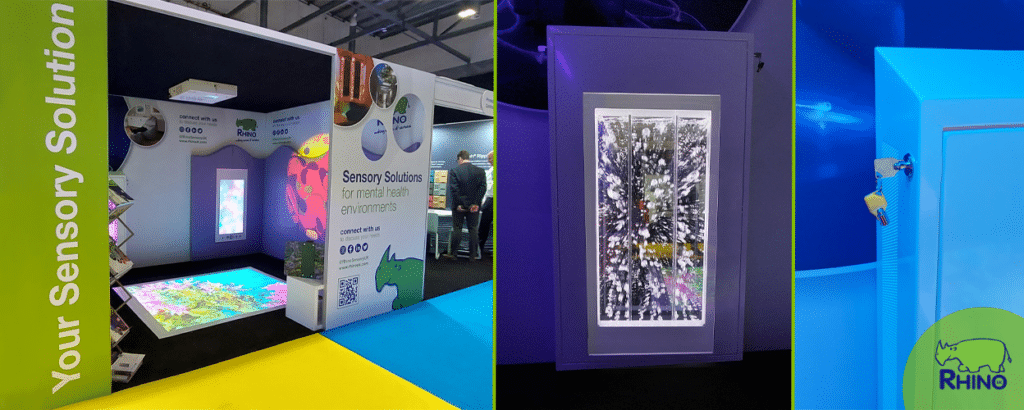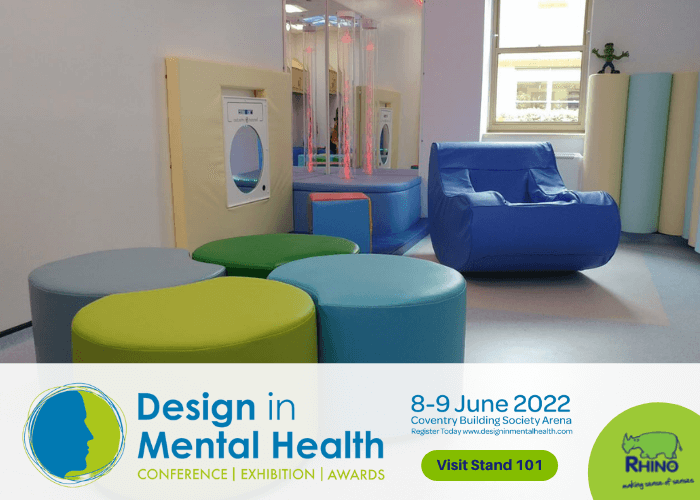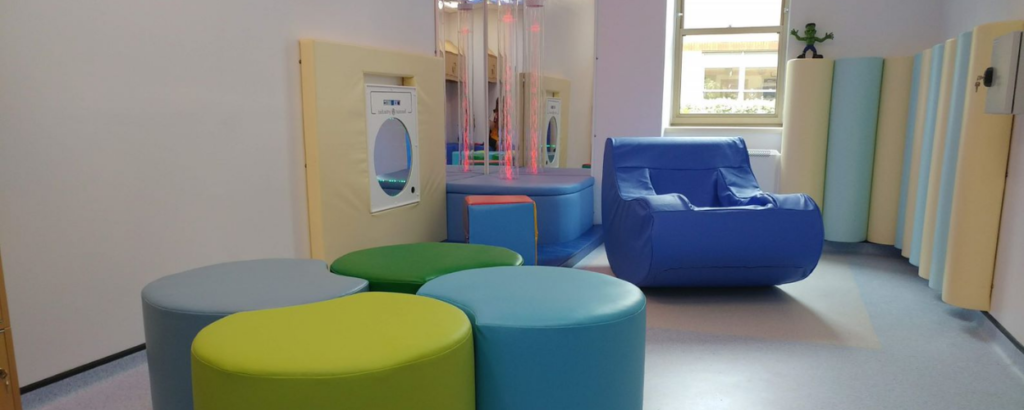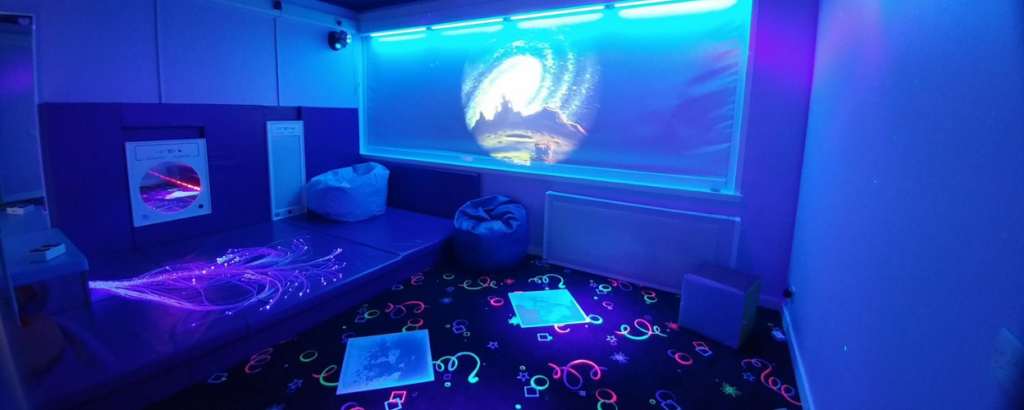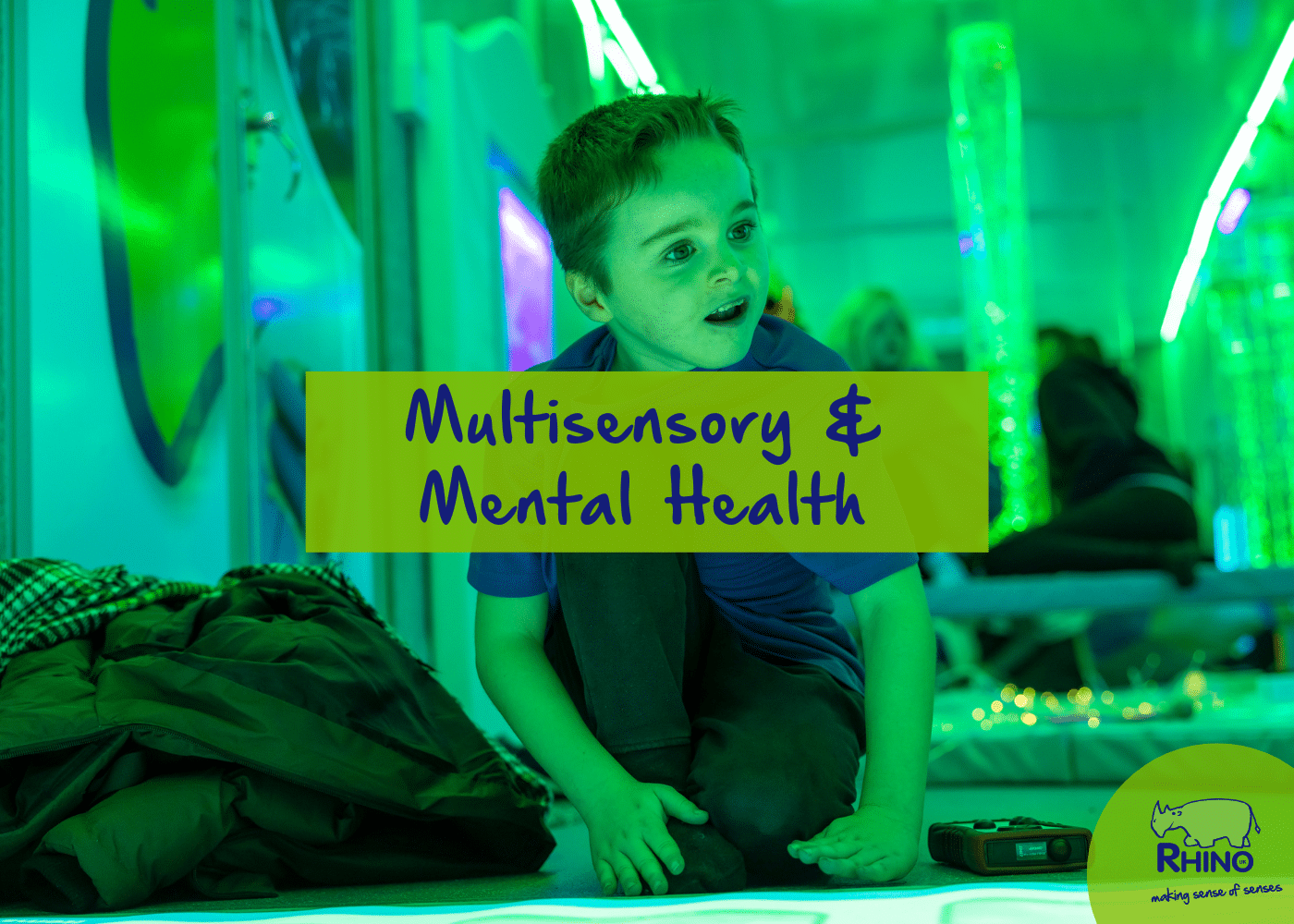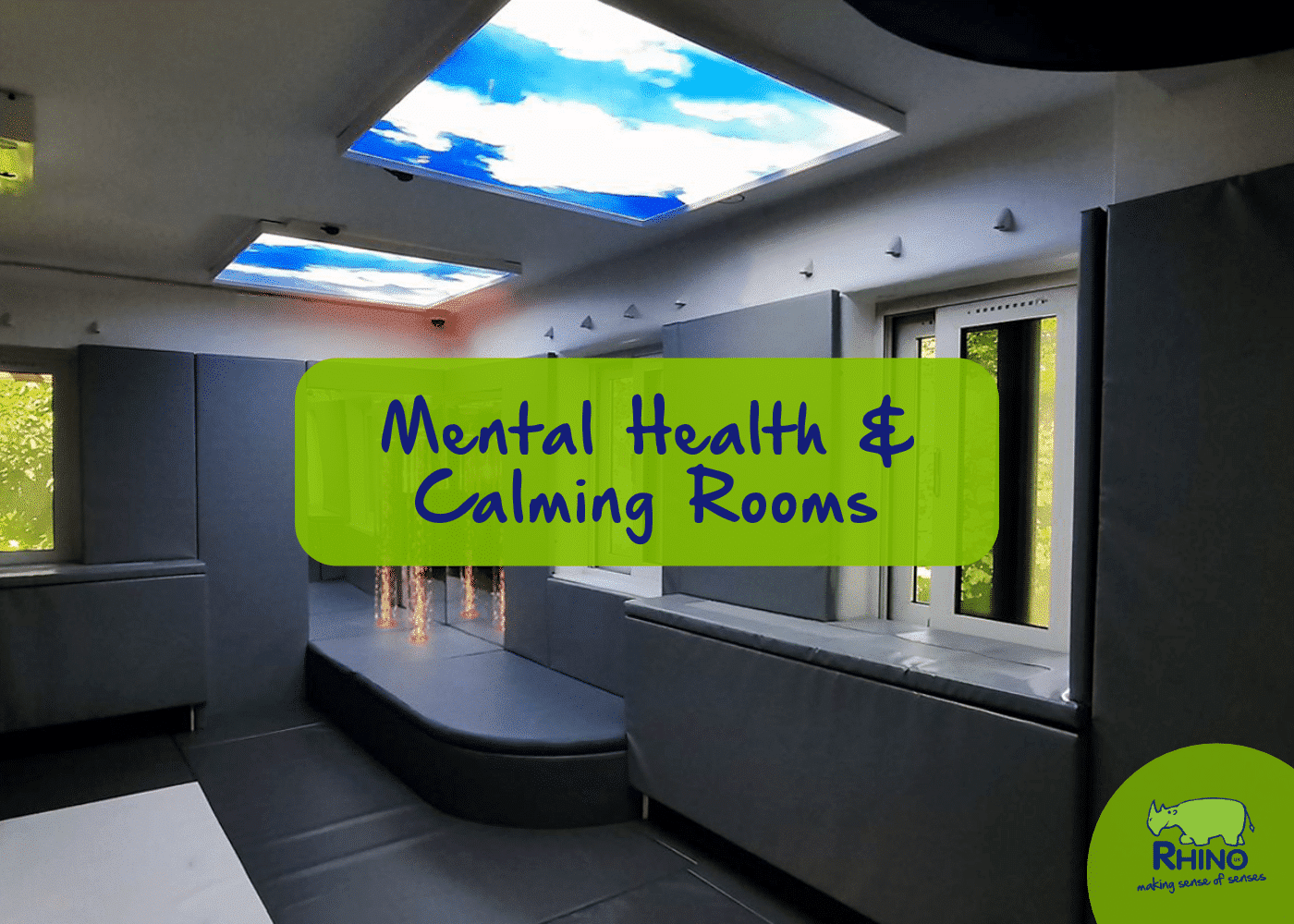Jennifer Beal shares the outcomes of a Quality Improvement project to embed sensory interventions into an adult mental health service.
Introduction
Sensory interventions can be described as complex interventions that include a wide range of elements, although the ‘active ingredients’ can be difficult to specify.
The literature indicates sensory interventions offer a collaborative approach, facilitate personal discovery and empower service users to take ownership and responsibility for their recovery journey.
The DSM-5 defines borderline personality disorder as a long-term pattern of abnormal behaviour, characterised by unstable relationships with other people, unstable sense of self and unstable emotions (American Psychiatric Association).
Many people with borderline personality disorder report feeling overwhelmed with daily life stresses (Korfine and Hooley, 2000; Domes et al., 2006). And studies have indicated that individuals with borderline personality disorder have sensory processing preferences with increased sensory sensitivity and avoidance responses (Brown et al., 2009).
Self-harm is a behaviour in which an individual injures themselves as a way of coping with intensely distressing feelings. Head banging is a common form of self-harm, linked to numerous negative outcomes, including significant brain damage. Head banging is clinically associated with personality disorders (Sensone and Wiederman, 2013).
Our Local Problem
Our hospital compliance data indicated there was a high rate of head banging within the personality disorder service. In August 2022, 12 of the 15 patients engaged in head banging. Using Root Cause Analysis (RCA) we were able to understand the problem, the factors involved and the possible causes of the problem.
Head banging negatively impacts progress through the care pathway and treatment outcomes. Documentation indicated that 80% of the ward population engaged in head banging; incident records suggested that this behaviour occurred on the ward and that a high occurrence was seen in communal areas such as the ward balcony.
More incidents were also identified in the evening than during the day. Records also showed how staff responded and attempted verbal de-escalation. If these strategies were unsuccessful hands-on restraint occurred.
A Quality Improvement (QI) project was proposed to improve clinical outcomes, with a systematic process to focus on:
- Environmental improvements (physical space and resources)
- Developing staff knowledge and skills (sensory modulation and proactivity)
- Patient empowerment with personalised strategies
Intended Improvements
The QI project, which was completed as part of the Level 5 Leadership and Management Diploma, set out to introduce sensory interventions to the service to improve the quality of de-escalation, to support the global priority to reduce and, if possible, eliminate the use of restrictive practices (DH 2014) and to improve the patient experience.
The Setting
The service in question is an 18-bed speciality tier four personality disorder service that admits women if they have a diagnosis of personality disorder, exhibit self-harming behaviours and are able to accept the need for help. The occupancy level was at 15 for the duration of the QI project.
Patients can be detained under the Mental Health Act, or it can be informal. The multidisciplinary team works together with the women to provide a holistic, comprehensive assessment and care plan. The treatment regime typically includes medication, dialectical behavioural therapy, interpersonal groups and goal-focused strategies.
Planning The Intervention
The QI project was planned to address the clinical outcomes for the general ward milieu by introducing sensory interventions.
Education sessions on sensory modulation were provided for all multidisciplinary staff (face-to-face or virtual). The training included environmental influences that may increase anxiety and disorganised behaviours, information on sensory processing difficulties and helpful strategies, and understanding one’s own sensory input and the benefits of more centred staff.
An evaluation tool was created to capture self-rating of knowledge, skills and confidence before and after the training. A ticket to access the visiting sensory trailer was provided after the training.
There was a sensory awareness group (a six-week course) to introduce strategies and resources to support patients to self-regulate their sensory input. This group also supported self-management with the creation of sensory boxes and sensory ladders.
Sensory resources were introduced to provide environments to help patients manage overstimulating sensory input and self-soothe. These resources were moved from the occupational therapy department to the ward resource cupboard. Sensory items were risk-assessed to support patients purchasing items for their bedrooms, and a safety pod was also purchased as an alternative to physical intervention.
A portable sensory room visit was arranged with an external company for staff and patients to try out equipment and discuss their experiences. All patients on the ward were invited to visit the sensory trailer. This supported patient and public involvement in the project to influence and shape the introduction of sensory interventions.
And finally, a proposal was submitted to develop the ward’s quiet room into a sensory room.
Intervention and Feedback
Quantitative and qualitative data from before and after the project were compared to analyse staff education, patient perspectives and KPI compliance to:
- Reduce the number of coercive interventions (restraint)
- Improve the quality of de-escalation
- Reduce the number of self-harm incidents
- Improve self-management (distress management)
- Improve performance and participation in activities of daily living
A range of sensory interventions took place within the QI project period (November 2022 – July 2023).
Staff education provided an opportunity to discuss the relevance and role of sensory strategies in adult mental health, and the sessions were well attended, with positive feedback. Evaluation forms to rate people’s knowledge, skills and confidence before and after indicated improved ratings for all participants on the Likert scales.
A ward-based sensory awareness group was set up to engage patients in activities that ground, calm and maintain alertness, and patients shared the impact of sensory sensitivity and sensory avoidance on occupational engagement. Tools were introduced to support self-identification of sensory ‘needs; and support to execute adaptive behaviours.
Sensory resources were purchased to improve the ward environment and to help individuals manage sensory input. Patients purchased lights, fidget toys and aroma diffusers for their bedrooms. The safety pod was used proactively with one patient instead of restraint.
The mobile sensory room was a popular event, and attendees shared their resource requests to set up a ward sensory room. These included light panels, tactile resources and a mobile trolley to meet a range of sensory needs.
Overall, the project led to a significant reduction in head banging incidents over the period. A further valuable finding was the reduction in incidents after 5 p.m., while a significant reduction in the use of restraint was also documented.
Staff and patients were all positive about the project, with people commenting: ‘I enjoyed the sensory group and have purchased items for my bedroom’; ‘Sensory ladders are helpful and help to share how I feel and what I need’; ‘I find fidget toys keep me calm and help me focus in ward rounds’; ‘The trailer was amazing, I hope we can reduce ward chaos with this equipment’; and ‘All staff should have sensory training’.
The data collected during the project on restraint usage and the number of incidents shows that both have been significantly reduced, and this change could be due to staff education on new strategies for de-escalation, new resources being made available to support the provision of calm, safe spaces, and the introduction of sensory interventions.
We noted several limitations to this project that have an impact on the reported outcomes, including that the project was undertaken on a single ward. The impact of unidentified and unexplored contextual and organisational factors also remains unknown.
Sensory intervention within occupational therapy is an ‘emerging practice’, and this project supports further investigations to strengthen the evidence-based practice in this field. Locally, we hope to build on these positive findings with the development of a sensory room and embed the sensory strategy training into the staff introduction programme.
References
American Psychiatric Association (2013) Diagnostic and statistical manual of mental disorders (5th ed), American Psychiatric Publishing, Inc.
Brown S, Shankar R, Smith K (2009) Borderline personality disorder and sensory processing, Progress in Neurology and Psychiatry
Department of Health (2014) Positive and proactive care: reducing the need for restrictive interventions. London, Crown Publications
Domes G, Winter B, Schell K, Cohsi K, Fast K, Herpertzi S. (2006). The influence of emotions on inhibitory functioning in borderline personality disorder. Psychological Medicine, Aug;36(8): 1163-72
Korfine L, Hooley JM (2000) Directed forgetting of emotional stimuli in borderline personality disorder. Journal of Abnormal Psychology 109(2): 214-21
Sensone R, Widerman M (2013) Head banging: Relationships with borderline personality symptomatology. Innovative Clinical Neuroscience. 10(1): 10-11
Jennifer Beal, Head of Occupational Therapy, Beckton Hospital, Blackheath Hospital and Lewisham Lodge, MSc Occupational Therapy and PG Cert Sensory Integration.
Get in touch with our sensory team to find out more about our work in mental health centres.
